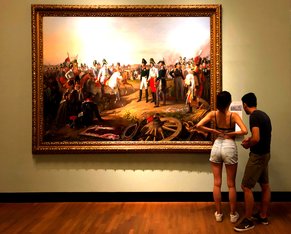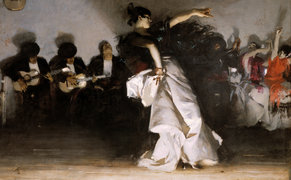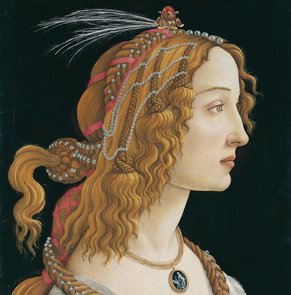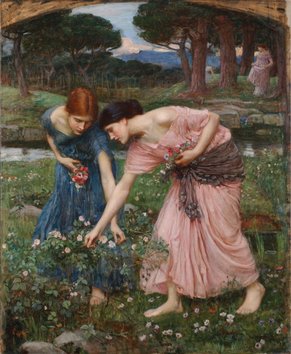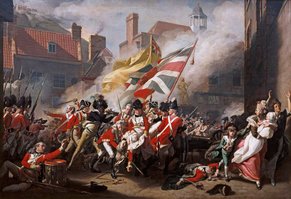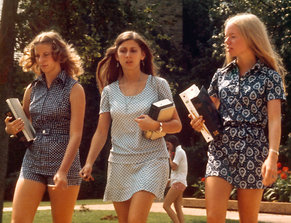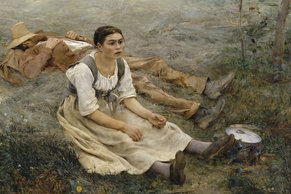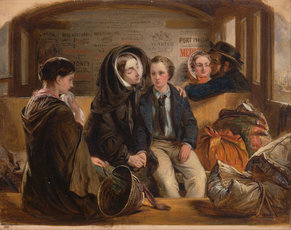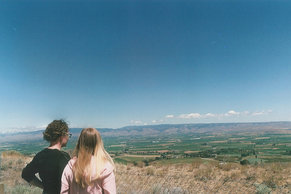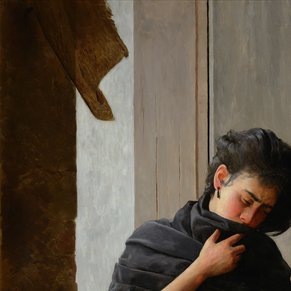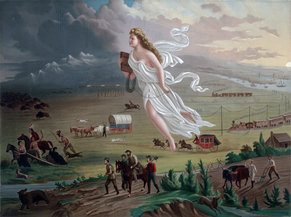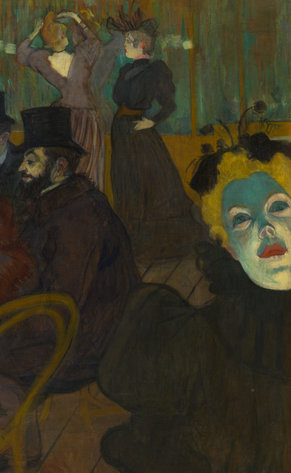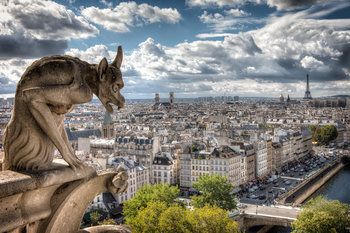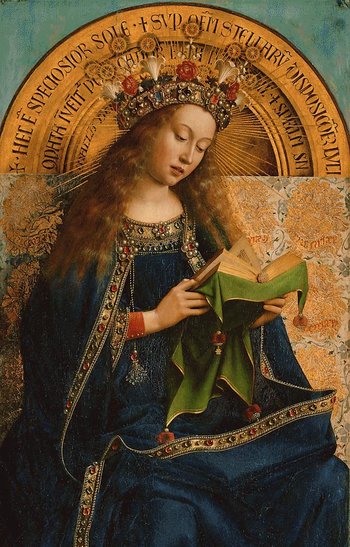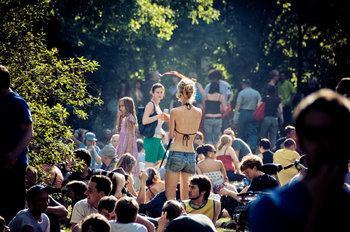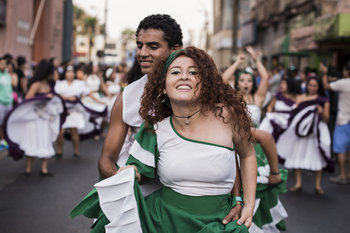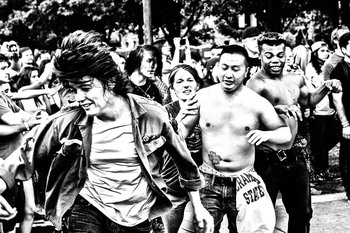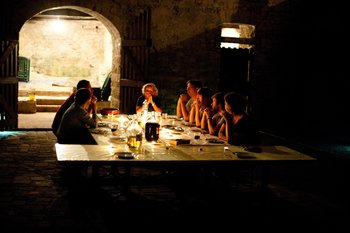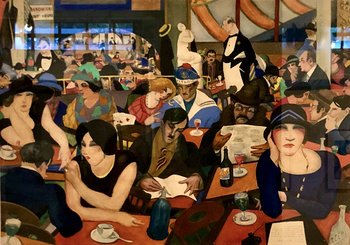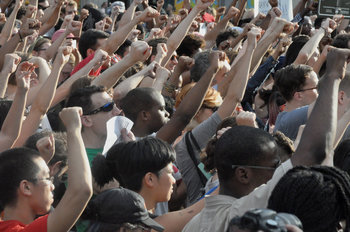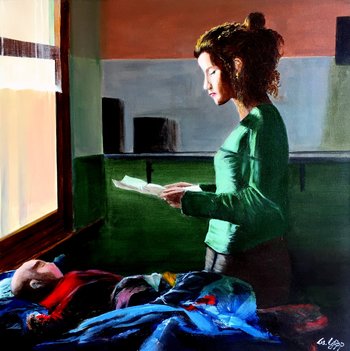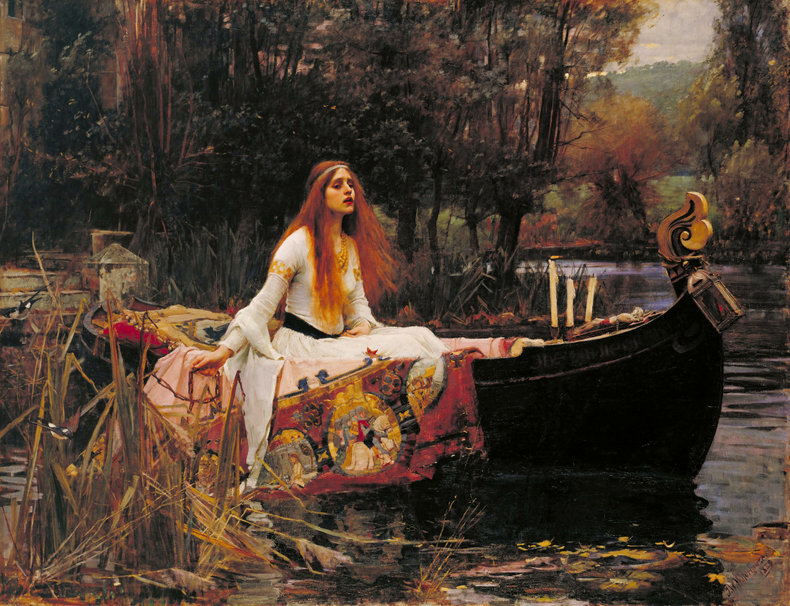
Early Middle Ages
The Early Middle Ages from about 500 to 1000 is a characterized by instability, population decline, migration and counter urbanization whereby the disintegration of the Western Roman Empire sparks chaos and decline. For example, the population of Rome shrank from a height of around 350,000 in antiquity to 30,000 by the 6th century.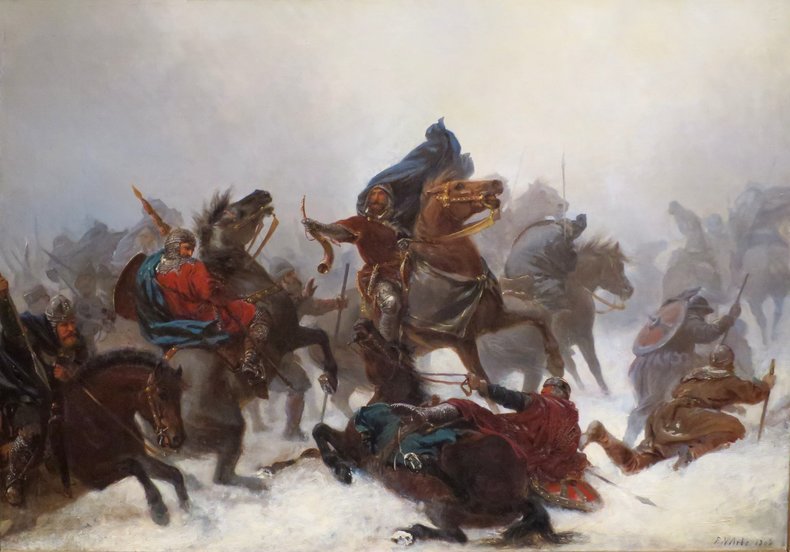
Christendom
The late Roman Empire had largely converted to Christianity. In the instability of the Middle Ages, Christianity was often used as a unifying identity using the concept of Christendom that roughly means "the Christian World." This was juxtaposed against both the pagan and the Muslim world. Christian life was dominated by the Roman Catholic Church such that this was the largest and more influential institution in Europe for much of the Middle Ages.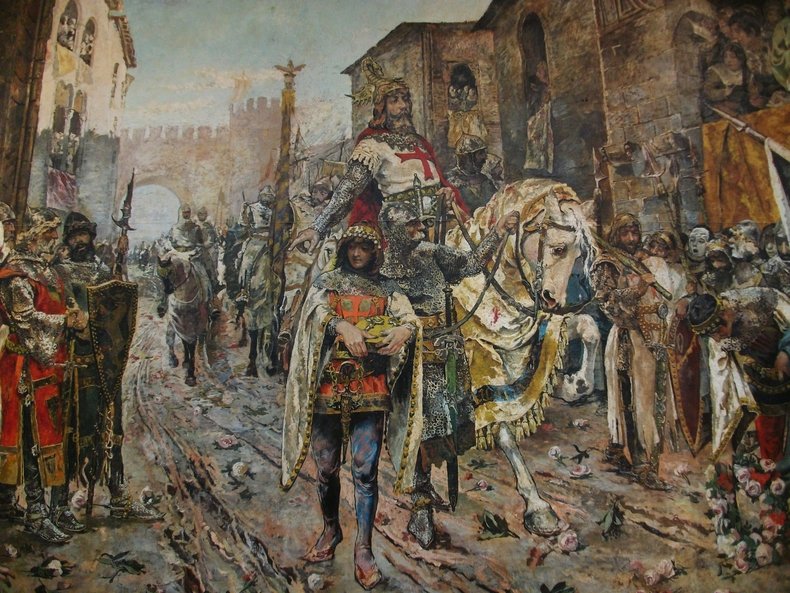
Crusades
The crusades were a series of religious wars initiated by the Roman Catholic Church between 1096 and 1271 that had the goal of recovering the Holy Land from Islamic rule.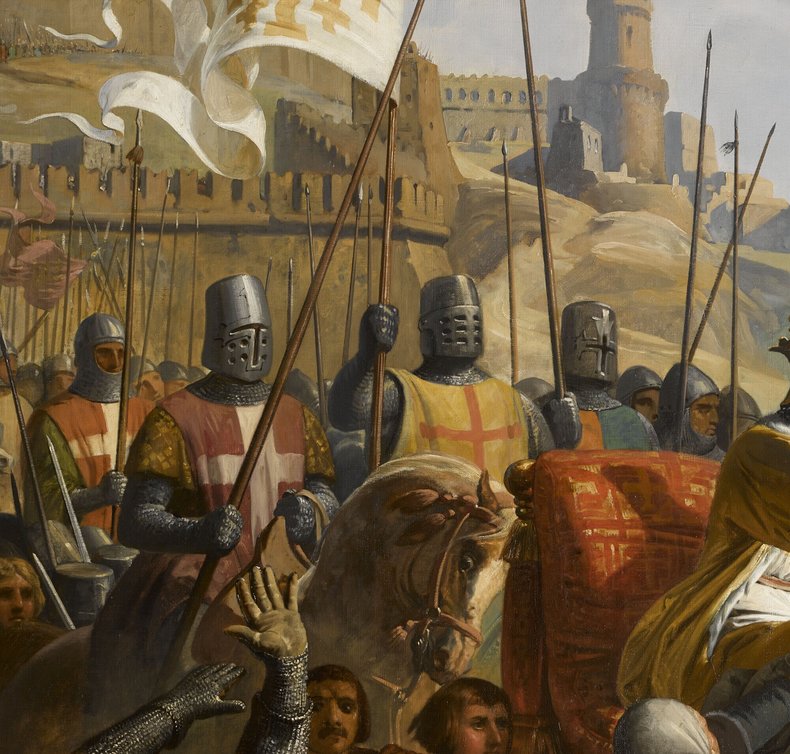
Feudalism
Between the 9th and 15th centuries, a political system known as feudalism was widespread across Europe. This was based on a series of reciprocal economic, legal and military obligations between three classes: lords, vassals and fiefs. At its core, feudalism is the exchange of labor for land whereby the land is viewed as being controlled by a king who allows peasants to farm the land in exchange for a share of profits. This also involved a system of joint defence and various legal and cultural obligations.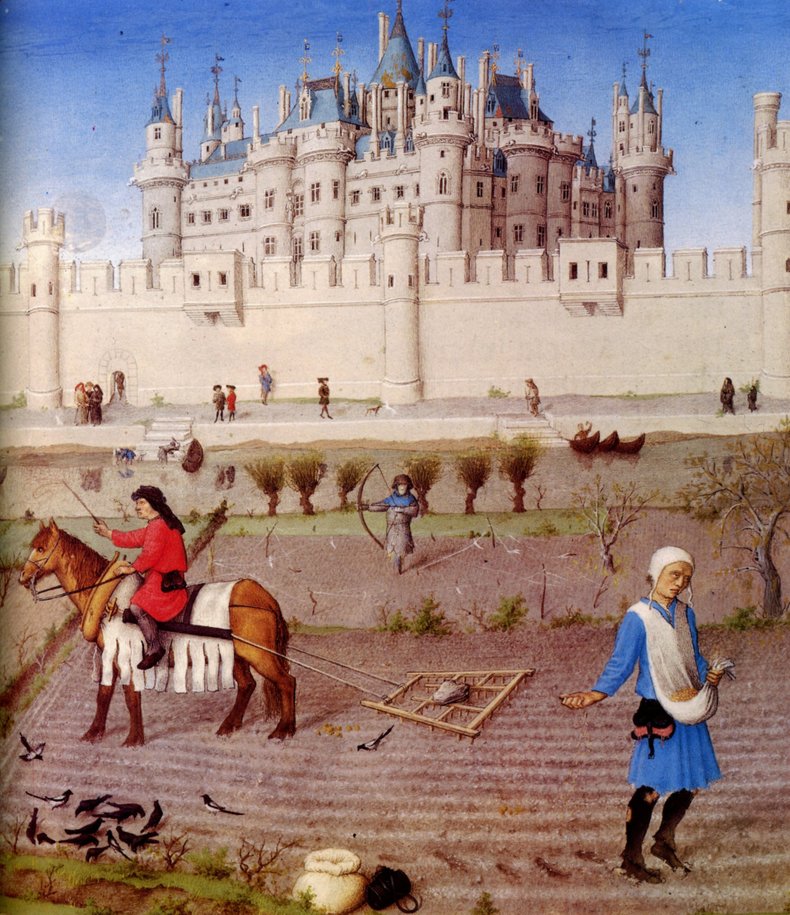
Dark Age of Knowledge
The middle ages are unfairly viewed as a dark age of ignorance and academic decline. For example, it is a myth that the middle ages believed that the world was flat as models of the spherical Earth were well known throughout the middle ages.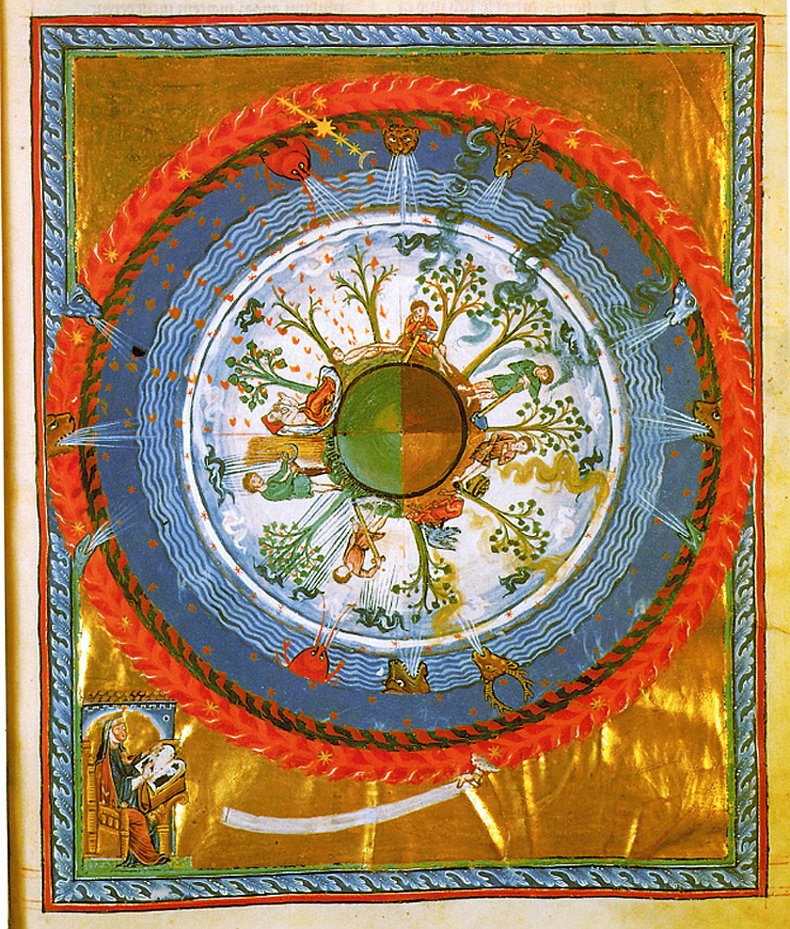
First Universities
Christian cathedral schools and monastic schools offered a higher education from the beginning of the middle ages. The earliest universities were based on this tradition but were mostly founded by Kings with the support of the church. Dozens of large universities were founded in the middle ages beginning with the University of Bologna in 1088, University of Paris in 1150 and the University of Oxford in 1167.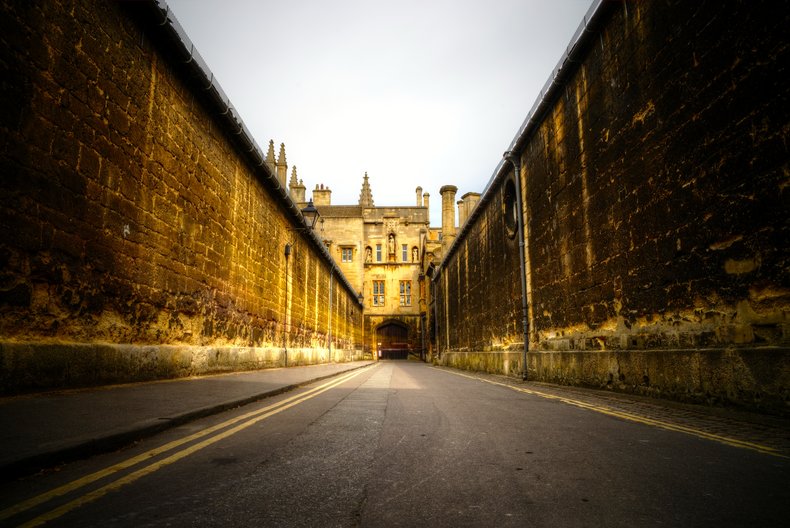
Scholasticism
Scholasticism is a method of logical inquiry and debate that thrived in the middle ages. At this time, academia was the domain of the church. It could be argued that modern secular scholars avoid citing anything from the middle ages for this reason. In other words, part of the reason that the middle ages is viewed as the "dark age" of knowledge is that knowledge from this period is viewed as having a religious color. The middle ages did produce great thinkers such as Saint Augustine, Thomas Aquinas and William of Ockham.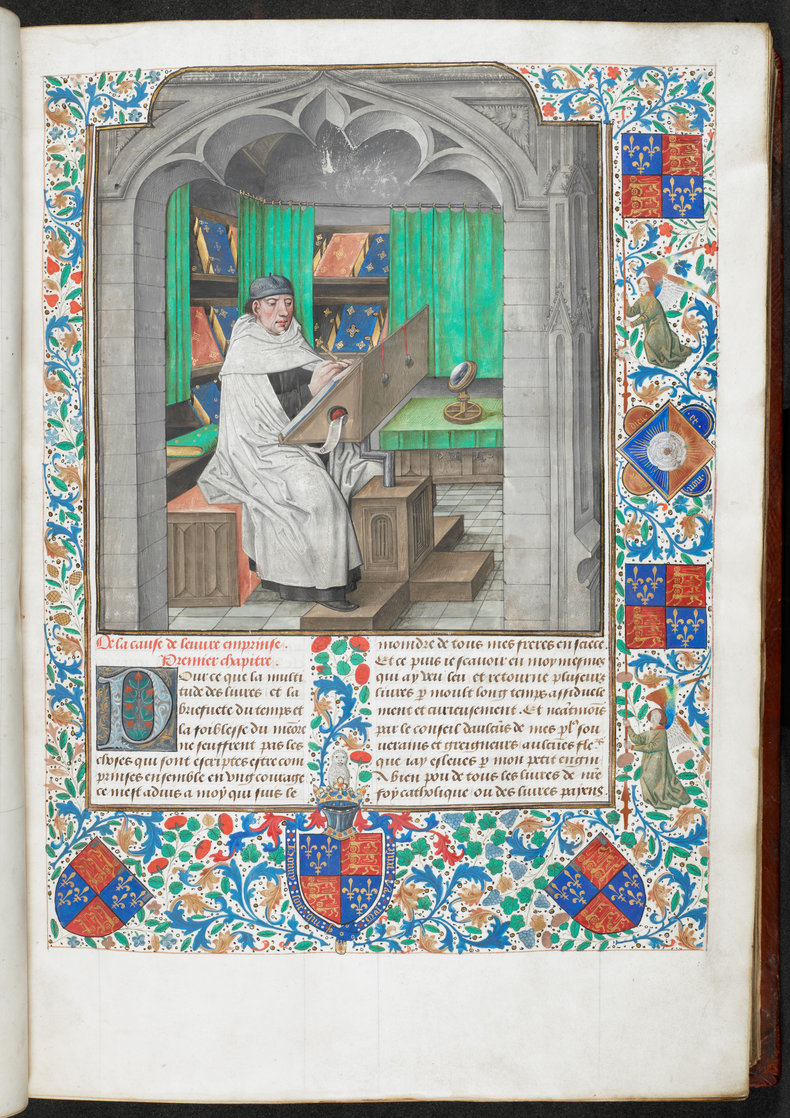
War
The middle ages is characterized by wars, instability and fragmented power structures. The number of castles built in the middle ages isn't known but it is certainly more then 10,000 and possibly more than 100,000. For example, there were around 25,000 medieval castles constructed in Germany alone. Military innovations of the age include the crossbow and the horseshoe. Gunpowder arrived in Europe in the 1320s and began to have a military impact by the 15th century at the end of the middle ages.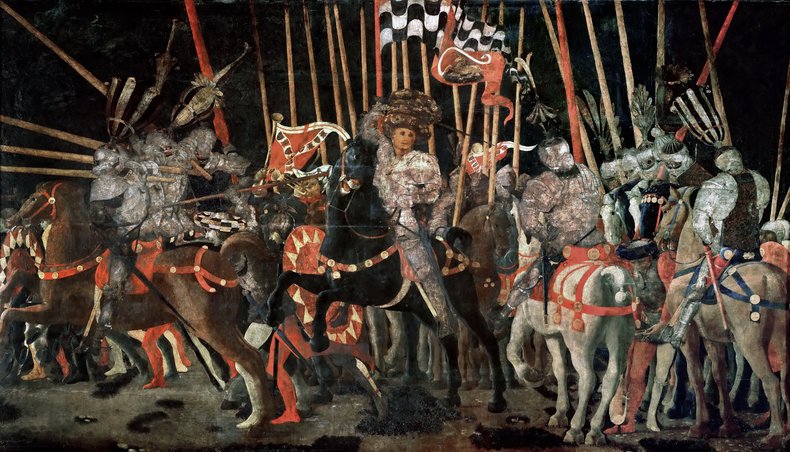
Art
The art of the middle ages is overwhelmingly religious and includes technical flaws such as incorrect perspective. In the Renaissance, art took a great leap forward with brave new subject matter, improved methods and correct geometrical perspective. As early as the Renaissance, medieval art was viewed as primitive and uninteresting. For example, the term "Gothic Art" originated in the Renaissance period as a derogatory term for medieval art. For this reason, medieval art has often been neglected and ignored. This continues to this day where it is relatively unpopular with the public and is therefore not a priority for museums.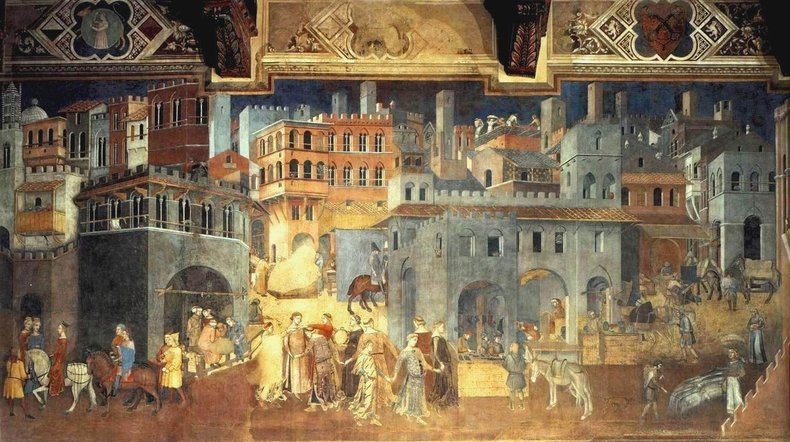
Architecture
The early architecture of the Middle Ages was greatly influenced by Ancient Rome and is known as Romanesque Architecture. In the 12th century, a new style known as Gothic Architecture emerged that included technical innovations such as the pointed arc, rib vault and flying buttresses. Gothic Architecture is also known for its elaborate ornamentation and use of stained glass windows. If medieval art doesn't get much respect, its architecture certainly does and has been much admired and emulated in the modern age.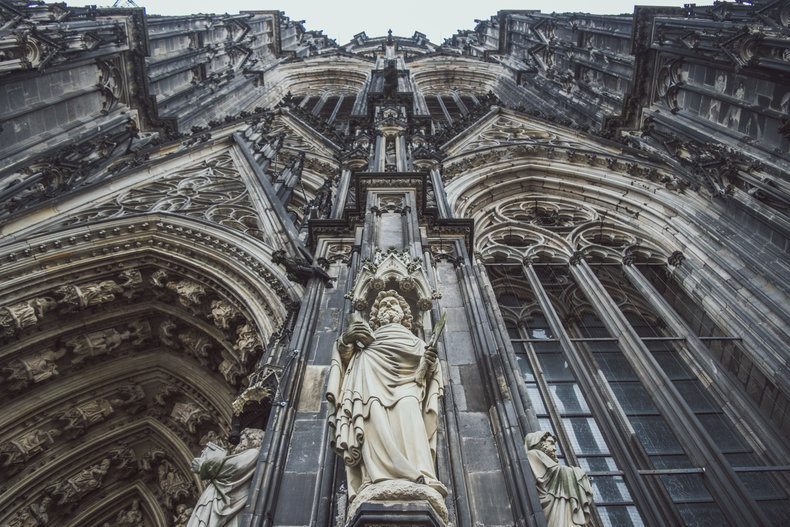
Calamities
The middle ages were marked by a number of large scale calamities such as wars, plagues and famine. European societies weren't at all resilient at this time and a year of bad weather could spark a famine and severe instability such as the Great Famine of 1315–1317. The plague pandemic of 1347-51, known as Black Death, killed approximately 35 million people in Europe, about one-third of the population.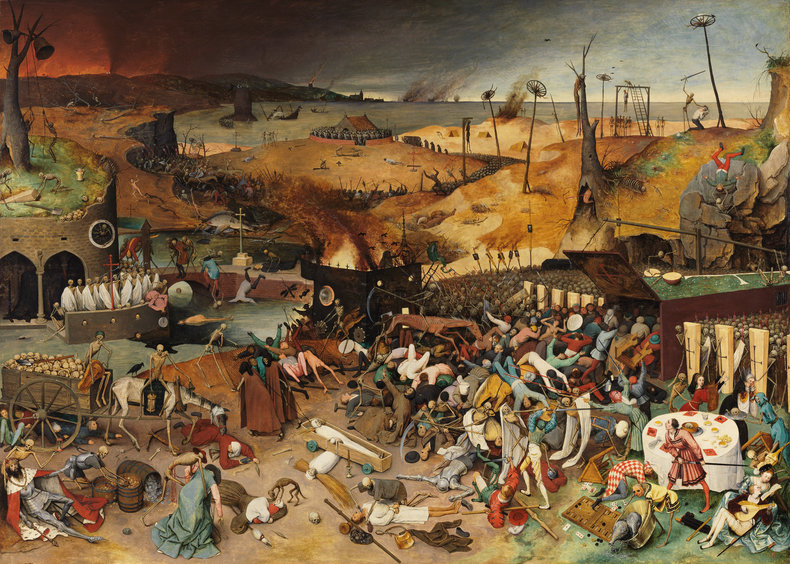
High Middle Ages
The High Middle Ages is the period 1000 to 1250 of European history. This appears to have been a time of relative prosperity and growth. For example, the population of Europe grew from approximately 35 to 80 million between 1000 and 1347. This was likely due to increasingly large kingdoms that represented a consolidation of power that provided some degree of stability.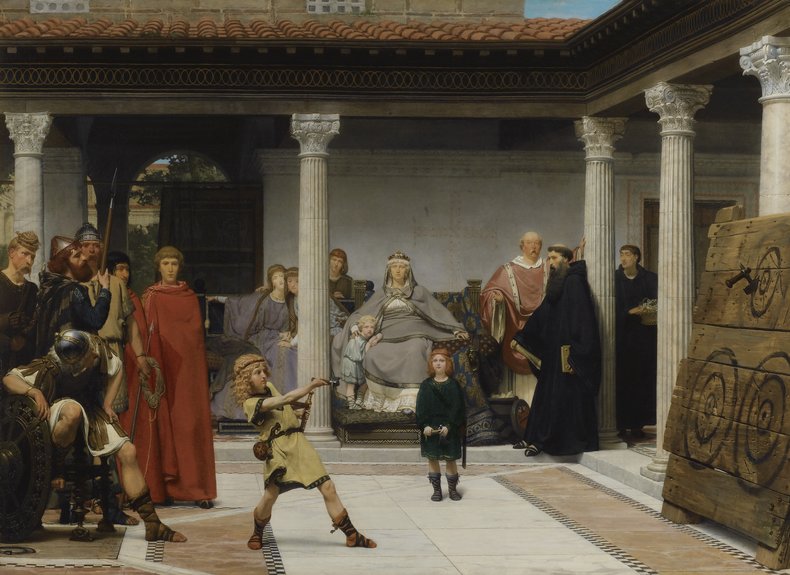
Rise of State Power
In the High Middle Ages, large kingdoms emerged and consolidated power in England, France, Spain, Portugal, Hungary and Poland. This was the formative period of the modern Western state whereby vast lands were united and regions began to form a common national identity.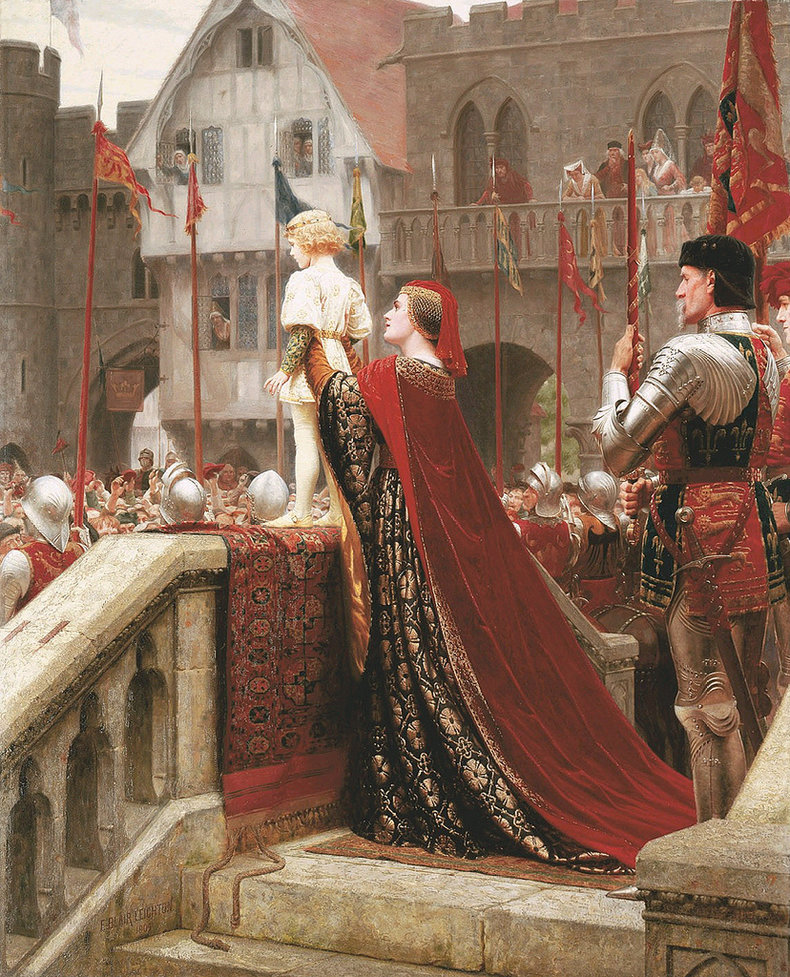
Late Middle Ages
The Late Middle Ages is the period of European history from 1250 to 1500. This includes the first half of the Renaissance. This was an extremely turbulent period that includes Great Famine of 1315–17 and Black Death of 1347-51. In the wake of these disasters, the population declined creating a lack of labor relative to land and infrastructure. Generally speaking, this improved the lives of peasants and decreased the power of land owners. As a result, an economic boom occurred in the 15th century that saw the rise of a powerful merchant class that funded new types of art and scientific inquiry. This set the stage for the modern-era.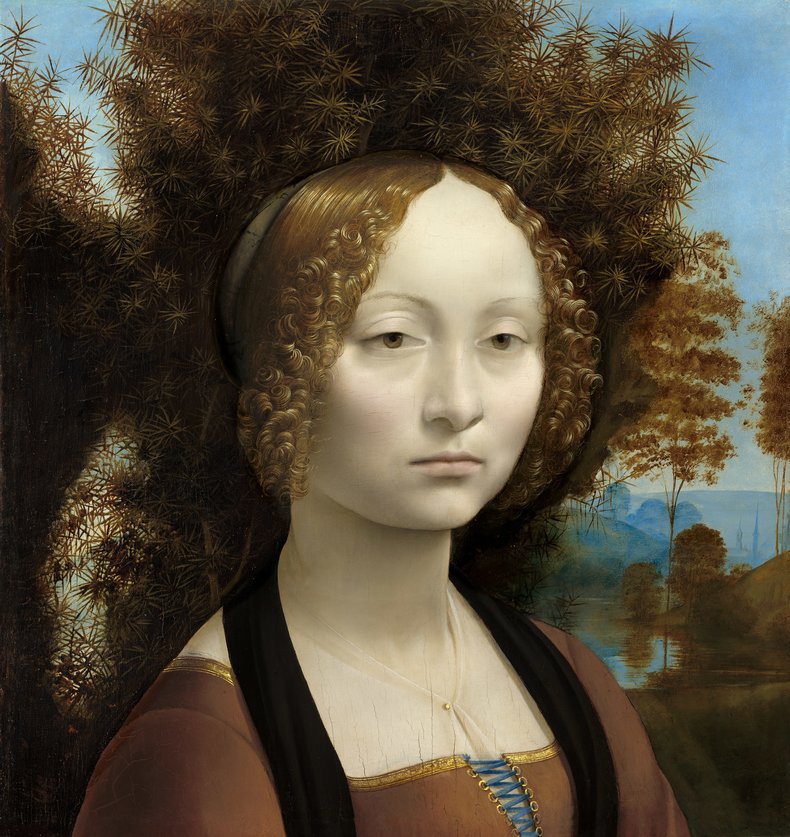
Key Dates
| Period or Event | Approximate Date (AD) |
| Fall of the Western Roman Empire | 476 |
| Middle Ages | 500 to 1500 |
| Early Middle Ages | 500 to 1000 |
| High Middle Ages | 1000 to 1250 |
| Crusades | 1096 to 1271 |
| Late Middle Ages | 1250 to 1500 |
| Great Famine | 1315 to 1317 |
| Black Death Pandemic | 1347 to 1351 |
| Renaissance | 1400 to 1600 |
| Modern-era | 1500 ~ |
Summary
The Middle Ages are the period of European history between the fall of the Roman Empire and the modern age. This was a period where Christianity dominated as a unifying force across an otherwise fragmented and turbulent Europe.
Discussion
Termed the "Dark Ages" by 14th century Italian scholar Francesco Petrarca who viewed the shift of power from Italy to other parts of Europe such as Germany and Holland as a step backwards. The "Dark Ages" were actually a time of significant cultural, technological and social development.| Overview: Middle Ages | ||
Type | ||
Definition | The period of European history between 500 and 1500 AD. | |
Also Known As | Dark AgesMedieval Period | |
Related Concepts | ||

